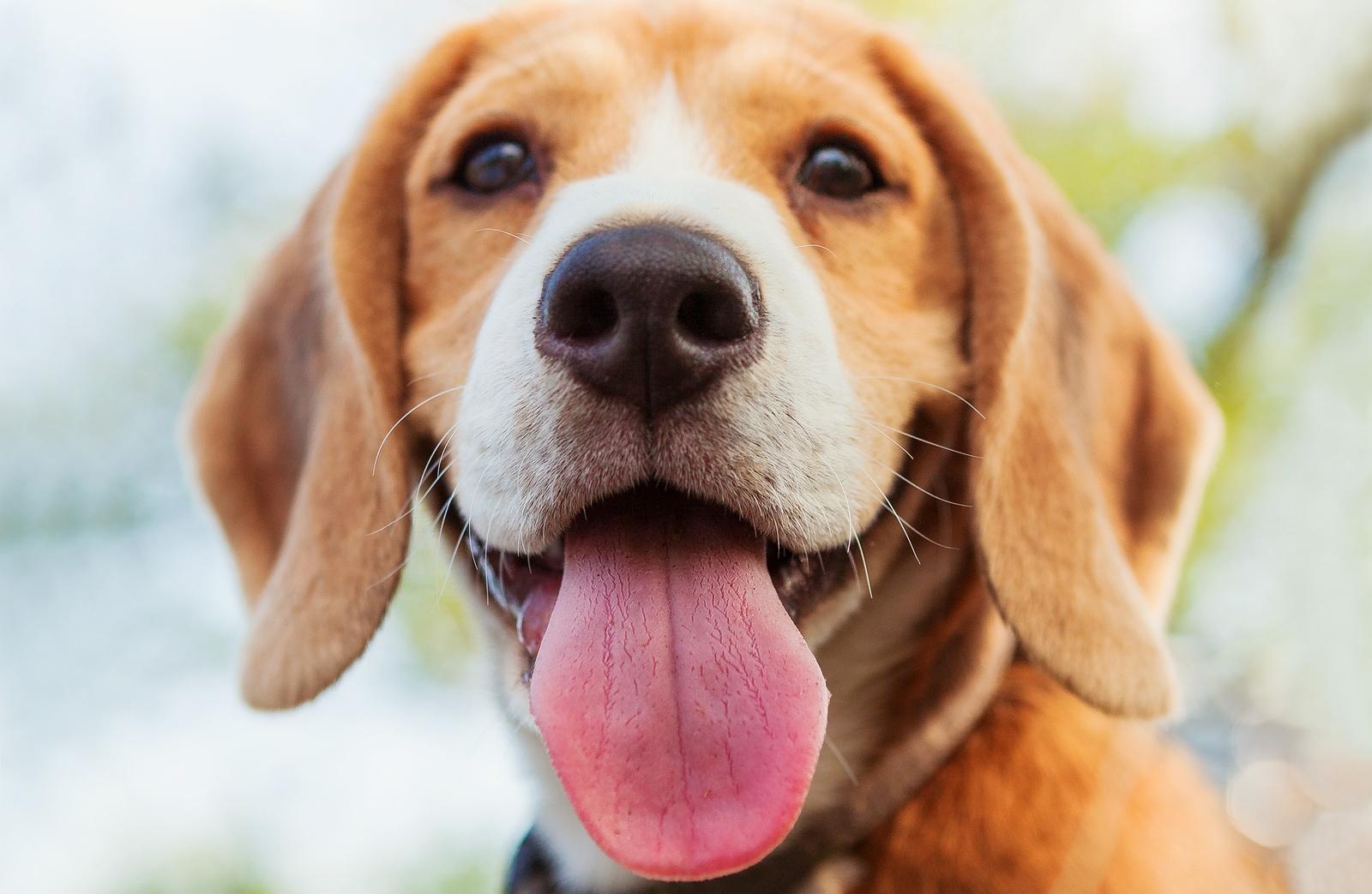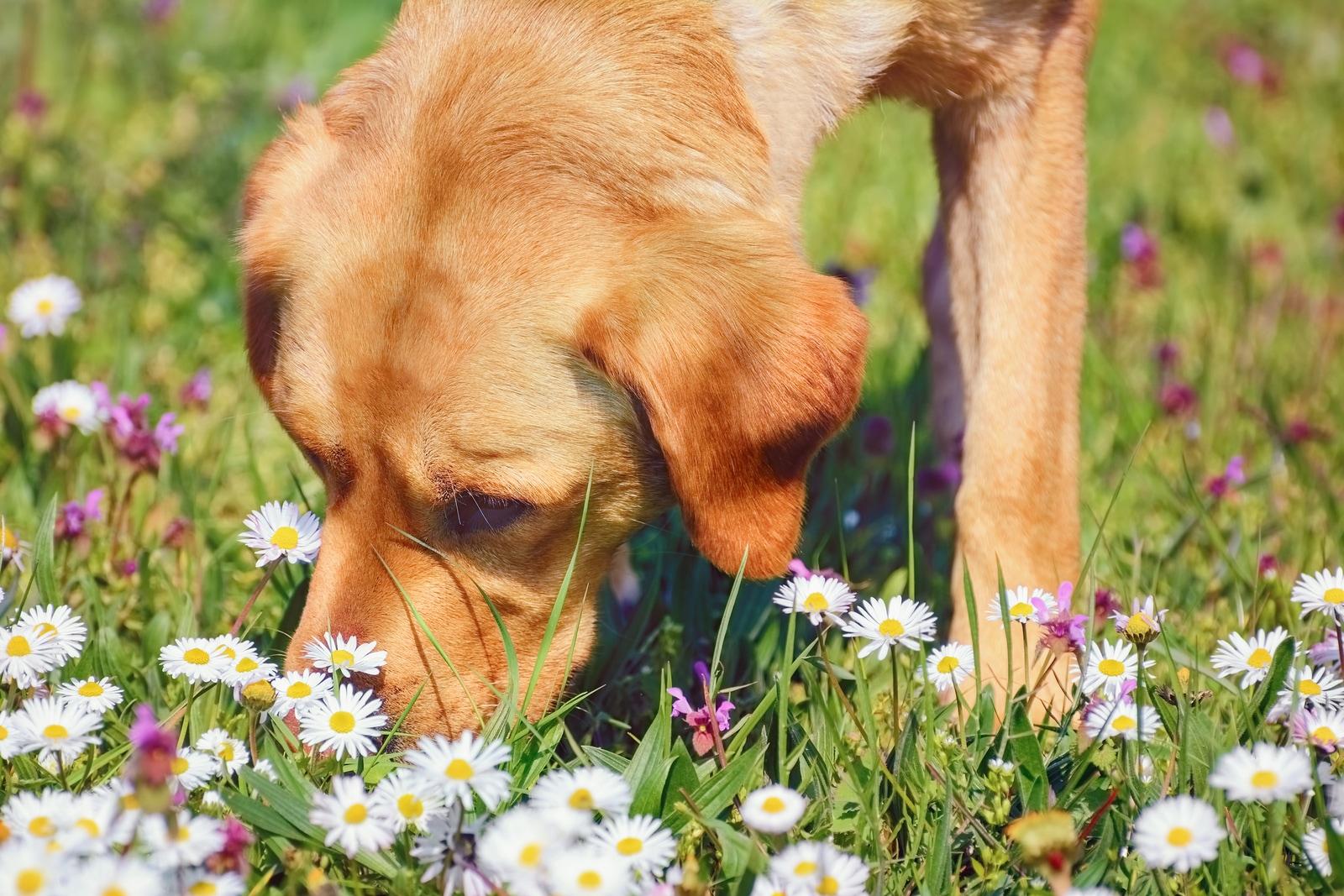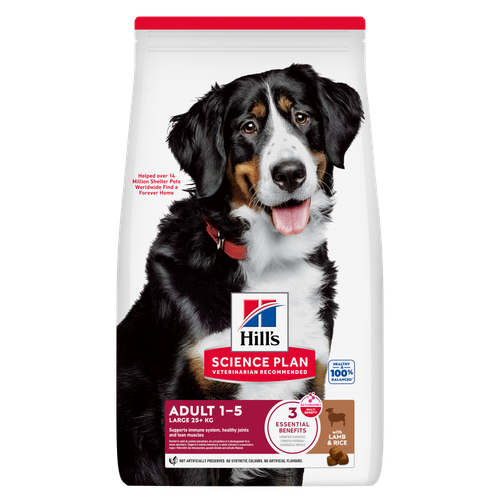
-
Find the right food for your petTake this quiz to see which food may be the best for your furry friend.Find the right food for your petTake this quiz to see which food may be the best for your furry friend.Featured products
 Small & Mini Mature Adult 7+ Dog Food
Small & Mini Mature Adult 7+ Dog FoodHill's Science Plan Small & Mini Breed Mature Adult Dog Food with Chicken is a complete pet food, specially formulated with ActivBiome+ Multi-Benefit Technology.
Tailored nutrition to support graceful ageing in small dogs. Specially made with a synergistic blend of nutrients for energy & vigor.Shop Now Perfect Digestion Large Breed Puppy Food
Perfect Digestion Large Breed Puppy FoodPrecisely balanced nutrition with Hill's ActivBiome+ prebiotic blend actively contributes to supporting digestive health and overall well-being to help your pet feel their best
Shop Now Perfect Digestion Small & Mini Adult Dog Food
Perfect Digestion Small & Mini Adult Dog FoodHill's Science Plan Perfect Digestion Small & Mini Breed Adult Dog Food with Chicken & Brown Rice supports ultimate digestive well-being & a healthy microbiome.
Shop NowFeatured products Kitten Food
Kitten FoodTender chicken chunks in gravy for kittens, with omega-3s for healthy eye & brain development and high-quality protein to support muscle growth. With balanced minerals to promote strong bones & teeth.
Shop Now Hairball & Perfect Coat Adult Cat Food
Hairball & Perfect Coat Adult Cat FoodHill's Science Plan HAIRBALL & PERFECT COAT Adult cat food with Chicken is specially formulated to effectively help avoid hairball formation in adult cats while promoting a beautiful coat. Thanks to its mix of essential Omega-6 fatty acids, this food benefits the cat's skin and fur keeping them healthy and shiny. Our Advanced Fibre Technology helps reduce hairballs by naturally promoting their passage through the gut. This food is formulated with high-quality protein for a perfectly balanced, great-tasting recipe.
Shop Now Hypoallergenic Dry Cat Food
Hypoallergenic Dry Cat FoodHILL'S SCIENCE PLAN Hypoallergenic Adult cat food with egg & insect protein is a complete pet food for adult cat 1–6 years old. It's formulated for cats with delicate skin and stomach, with limited high quality novel protein sources & no grain.
Shop Now -
Dog
- Dog Tips & Articles
-
Health Category
- Weight
- Food & Environmental Sensitivities
- Urinary
- Digestive
- Joint
- Kidney
-
Life Stage
- Puppy Nutrition
- Adult Nutrition
- Senior Nutrition
Cat- Cat Tips & Articles
-
Health Category
- Weight
- Skin & Food Sensitivities
- Urinary
- Digestive
- Kidney
-
Life Stage
- Kitten Nutrition
- Adult Nutrition
Featured articles Understanding Your Pet's Microbiome
Understanding Your Pet's MicrobiomeLearn what a pet's microbiome is, how it contributes to your pet's gut & overall health, and why nutrition is important in maintaining healthy microbiomes.
Read More The Right Diet For Your Pet
The Right Diet For Your PetLearn what to look for in healthy pet food & nutrition, including ingredients, quality of the manufacturer, your pet's age, and any special needs they have
Read More Pet Food Storage Tips
Pet Food Storage TipsWhere you store your cat and dog food can make a big difference in the quality and freshness once it is opened. Here are some common questions and recommendations for optimal storage for all of Hill’s dry and canned cat and dog food.
Read More -


While for a long time it was accepted as fact that dogs could only see in black and white, science has proven that's not the case. But what colours can dogs see, and why don't they see the way we do? Read on to learn all about dog vision and how your dog perceives their world..
Are Dogs Colour Blind?
 While the once widely believed theory that dogs see everything in black and white has been proven false, the truth is that dogs see a colour spectrum similar to that of humans with red-green colourblindness, says the American Kennel Club (AKC). Whereas the eyes of humans with normal vision contain three colour receptors, called cones, that perceive the full range of the visible light spectrum, people with red-green colourblindness only have two cones, which makes them unable to perceive reds and greens.
While the once widely believed theory that dogs see everything in black and white has been proven false, the truth is that dogs see a colour spectrum similar to that of humans with red-green colourblindness, says the American Kennel Club (AKC). Whereas the eyes of humans with normal vision contain three colour receptors, called cones, that perceive the full range of the visible light spectrum, people with red-green colourblindness only have two cones, which makes them unable to perceive reds and greens.
Dogs' eyes only have two cones. This means that not only can they not perceive the colors red or green, but they can't perceive shades containing either of those colours, such as pink, purple, and orange. Dogs are also unable to perceive subtle changes in a colour's brightness or shade.
What Colours Can Dogs See?
Dogs can see shades of yellow, blue and brown, as well as various hues of gray, black and white. This means that if your dog has a red toy, it will appear brown to him, whereas an orange toy, which is a mix of red and yellow, will appear a brownish yellow. It also means that if you want to fully engage all of your dog's senses during playtime, you should look for toys that are either blue or yellow so that they'll stand out from the duller shades of brown and gray in your dog's field of vision. This could help explain why dogs love those bright yellow tennis balls so much.


Tasty Tips
The Black and White Vision Theory
If dogs can see certain colours, then where did the idea that they only see in black and white come from? That belief, says the AKC, can be attributed to National Dog Week founder Will Judy, who wrote in a 1937 training manual that it was likely that dogs could only see in shades of black and gray. Researchers in the 1960s perpetuated the myth by hypothesizing incorrectly that primates were the only animals capable of perceiving colour. This belief persisted about dogs until fairly recently when, in 2013, Russian researchers challenged the question, "Are dogs colour blind?" They proved that dogs can see and distinguish between yellow and blue, reports the Smithsonian.
The researchers conducted an experiment to see whether dogs could distinguish between the two colours or between contrasting degrees of brightness. They did so by placing four pieces of paper — one light yellow, one dark yellow, one light blue and one dark blue — on feed boxes, with only the box with the dark yellow paper containing a piece of meat. Once the dogs learned to associate the dark yellow paper with their treat, the scientists placed only dark blue and light yellow papers on the box, surmising that if the dogs tried to open the box with the blue paper, it would be because they associated the dark shade with food rather than the colour. But the majority of dogs went straight for the yellow paper the majority of the time, demonstrating that it was the colour, not the brightness, that they had learned to associate with the food.
Missing colour receptors aren't the only things differentiating dog vision from that of humans. Dogs are very nearsighted, with their vision estimated to be about 20/75, says Business Insider. This means that when a dog looks at something 20 feet away, it will appear to be 75 feet away.
While this might make it seem like your poor dog has terrible vision, the AKC points out that, thanks to their wide-set eyes, dogs not only have a wider field of vision than humans, but are also better at seeing fast movement, which makes them good at spotting fast-moving prey.
Your Dog's Other Senses
 Before you feel too bad about your dog's muted-coluor world, keep in mind that what he lacks in vision, he more than makes up for with his other senses. For one thing, dogs can hear a much wider range of frequencies than humans can, says DogHealth.com, including sounds that are so high-pitched they can't be heard by human ears.
Before you feel too bad about your dog's muted-coluor world, keep in mind that what he lacks in vision, he more than makes up for with his other senses. For one thing, dogs can hear a much wider range of frequencies than humans can, says DogHealth.com, including sounds that are so high-pitched they can't be heard by human ears.
But a dog's hearing is only second to his sense of smell. A dog's olfactory sense is at least 10,000 times more powerful than that of humans, if not more so, says NOVA PBS. A dog's nose has 300 million olfactory receptors, whereas humans have a mere six million or so.
What's more, the part of a dog's brain that analyzes smell is forty times greater than in humans. All of this means that your dog can "see" more vivid pictures with his nose than we can even begin to imagine. What he lacks in poor eyesight and color perception is more than made up for by the knowledge he gains through smell alone.
See What Your Dog Sees
While there's no way to experience scent the way your dog can, you can get an idea of how the world appears visually to your dog thanks to an online app. Dog Vision lets you upload a photo and then adjust the colours and focus to show you how it would look to your dog. This is an insightful tool for anyone who has ever wondered how they look to their dog, or simply how dogs see the world in general.
The next time you gaze into your pup's expressive eyes, don't feel bad that he doesn't see you as clearly as you might see him. Your unique scent tells your dog more about you than simply looking at you ever could, and he would know your smell anywhere, whether he can see you or not.


Jean Marie Bauhaus is a pet parent, pet blogger, and novelist from Tulsa, Oklahoma, where she usually writes under the supervision of a lapful of fur babies.
Related products

Hill's Science Plan Small & Mini Breed Mature Adult Dog Food with Chicken is a complete pet food, specially formulated with ActivBiome+ Multi-Benefit Technology.
Tailored nutrition to support graceful ageing in small dogs. Specially made with a synergistic blend of nutrients for energy & vigor.

Precisely balanced nutrition with Hill's ActivBiome+ prebiotic blend actively contributes to supporting digestive health and overall well-being to help your pet feel their best

Hill's Science Plan Large Breed Adult Dog Food with Lamb & Rice is a complete pet food, specially formulated with ActivBiome+ Multi-Benefit Technology.
This food is specifically designed to fuel the energy needs of large breed dogs during the prime of their life.

Hill's Science Plan Perfect Digestion Small & Mini Breed Adult Dog Food with Chicken & Brown Rice supports ultimate digestive well-being & a healthy microbiome.
Related articles

Dog obesity is a significant problem - learn more about helping your dog become trimmer and healthier through improved nutrition.

Discover the causes, signs, and treatments of kidney disease in dogs and find methods of supporting your dog's kidney health. Learn more at Hill's Pet South Africa.

Learn about snake bites on dogs, including clinical symptoms to look for, what to do if you think your dog was bitten, and treatment & prevention options.

Discover how the field of dog science is giving us more and more insights into the inner workings of our furry best friends.

Put your dog on a diet without them knowing
Our low calorie formula helps you control your dog's weight. It's packed with high-quality protein for building lean muscles, and made with purposeful ingredients for a flavorful, nutritious meal. Clinically proven antioxidants, Vitamin C+E, help promote a healthy immune system.
Put your dog on a diet without them knowing
Our low calorie formula helps you control your dog's weight. It's packed with high-quality protein for building lean muscles, and made with purposeful ingredients for a flavorful, nutritious meal. Clinically proven antioxidants, Vitamin C+E, help promote a healthy immune system.

